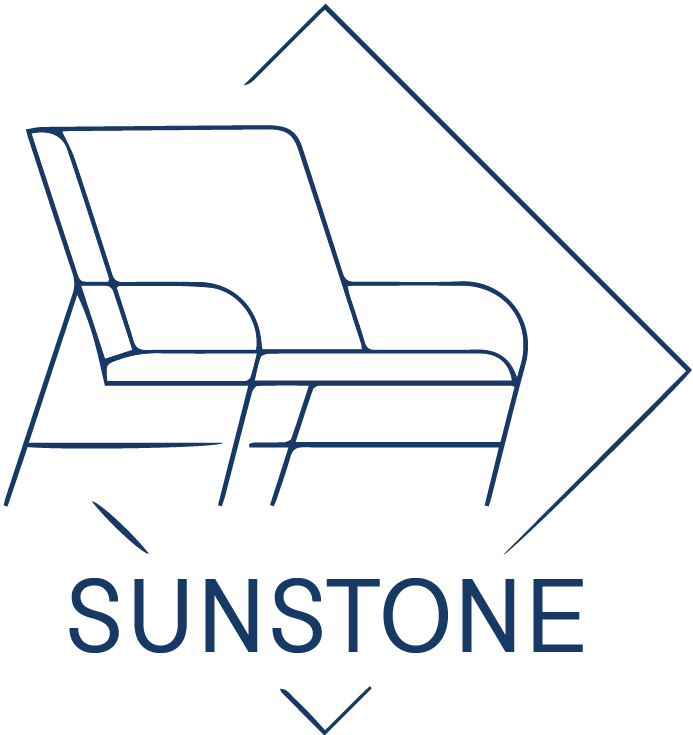How To Clean Oxidized Outdoor Plastic Chairs
Outdoor plastic chairs are lightweight, affordable, and weather-resistant, making them a popular choice for patios, balconies, and gardens. However, constant exposure to sunlight, moisture, and air pollutants can cause oxidation — a chalky white film that dulls the plastic’s color and texture. Fortunately, oxidized plastic chairs can be restored to their original appearance with the right cleaning techniques and products. Here’s how to clean and revive them effectively.
Table of Contents
Understanding Plastic Oxidation
Oxidation occurs when UV rays and oxygen break down the outer layer of the plastic. Over time, this process leaves behind a faded, chalky surface that looks dull and feels rough to the touch. While oxidation doesn’t affect the chair’s structural integrity, it significantly impacts its appearance. White, beige, and light-colored chairs show oxidation more visibly than darker ones. Regular cleaning and UV protection are key to preventing long-term damage.
Step 1: Initial Cleaning to Remove Dirt
Start by rinsing the chairs thoroughly with water to remove loose dirt, dust, and debris. Mix a mild cleaning solution using warm water and dish soap — about two tablespoons of soap per liter of water. Use a soft sponge or microfiber cloth to scrub the entire surface gently. Avoid harsh abrasives or steel wool, which can scratch the plastic and worsen oxidation. After cleaning, rinse the chairs with clean water and let them air-dry in a shaded area.
Step 2: Remove Oxidation Residue
Once the surface is clean, inspect for chalky oxidation layers. To remove them, use a mixture of baking soda and water to form a paste. Apply the paste directly to the affected areas and scrub with a soft-bristle brush in circular motions. Baking soda’s mild abrasiveness lifts oxidation without damaging the surface.
Alternatively, you can use a white vinegar solution (one part vinegar to one part water). Spray it onto the plastic, let it sit for about 10 minutes, and then scrub gently. Rinse thoroughly afterward to remove all residue.
| Cleaning Agent | Ratio | Recommended Tool | Result |
|---|---|---|---|
| Dish Soap + Warm Water | 2 tbsp per liter | Soft Sponge | Removes dirt and dust |
| Baking Soda + Water | 3 tbsp per ½ cup | Soft Brush | Gently removes oxidation |
| Vinegar + Water | 1:1 | Spray Bottle | Dissolves chalky buildup |
| Plastic Polish | As directed | Microfiber Cloth | Restores shine |
Step 3: Restore the Original Shine
After removing oxidation, restoring the plastic’s sheen makes a big difference. Apply a specialized plastic restorer or automotive plastic polish using a soft cloth. Rub it in small circular motions until the surface feels smooth again. This step replenishes oils in the plastic that were lost through UV exposure.
If you prefer a natural alternative, you can use a small amount of car wax or even olive oil to bring back luster. Apply it evenly, let it sit for a few minutes, and then buff off any excess with a clean microfiber cloth. Avoid leaving thick layers of oil or wax, as they may attract dust and dirt.
Step 4: Deep Restoration for Heavy Oxidation
For chairs that are heavily faded or rough to the touch, deeper restoration may be necessary. Wet-sanding is a safe but advanced technique: use 800- to 1000-grit sandpaper, soak it in water, and gently sand the surface in circular motions. Keep the surface wet to avoid scratches. Once oxidation is removed, clean the surface again and apply plastic restorer or polish. This process restores a smoother and glossier finish but should only be done occasionally to prevent thinning the material.
Step 5: Prevent Future Oxidation
Prevention is the key to maintaining outdoor plastic chairs. Place them under a shaded area or use UV-resistant furniture covers when not in use. Apply a thin coat of UV-protective spray or plastic conditioner every few months to block sunlight damage. Regularly wipe the chairs with mild soap and water to prevent grime from embedding into the surface. If possible, store them indoors during winter or prolonged rainy seasons to minimize exposure to moisture.
Recommended outdoor furniture
If you’re looking for outdoor furniture that resists oxidation and fading, Sunstone Outdoor offers a full range of premium-grade chairs and tables made from high-density polyethylene (HDPE) and aluminum. Our materials are treated with UV stabilizers and weatherproof coatings to maintain their color and shine for years. Each design combines durability with modern aesthetics, making them ideal for both residential and commercial outdoor spaces.
Conclusion
Oxidation can make outdoor plastic chairs appear old and dull, but with simple cleaning methods and the right care, they can look new again. Start with soap and water, then use baking soda or vinegar to lift oxidation, followed by polishing or conditioning to restore shine. Consistent maintenance and UV protection will keep your chairs bright, durable, and inviting. For furniture that stays vibrant with minimal upkeep, choosing quality products from Sunstone Outdoor ensures long-lasting performance and timeless appeal.

